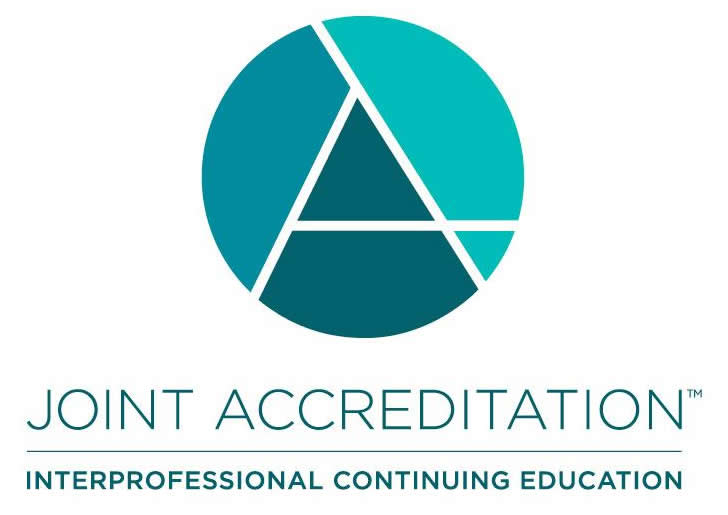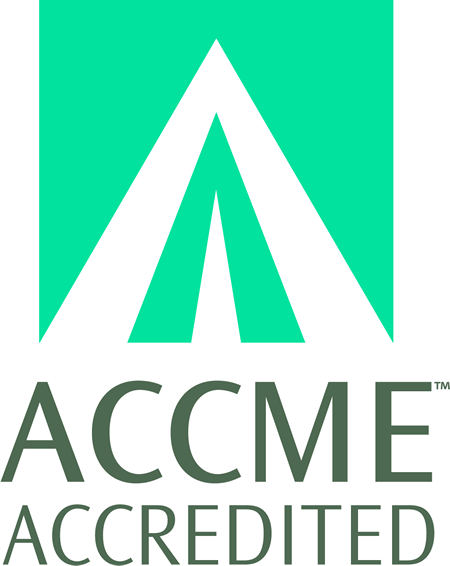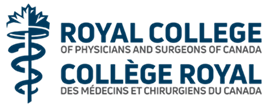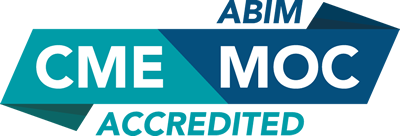
COURSE CREDITS & HOURS
14 AMA PRA Category 1 Credits™14 ACPE Credits
14.0 Contact Hours
14 (part II) MOC points in medical knowledge in the American Board of Internal Medicine's (ABIM) Maintenance of Certification (MOC) program
4 Hours of Pharmacology for Nurse Practitioners
COURSE FEES
TARGET AUDIENCE
PROGRAM PURPOSE
- Urgent Care-choosing Wisely: When to use Antibiotics and Steroids
- Describe appropriate use of antibiotics and steroids in common outpatient situations
- Urgent Care: Initial Evaluation of Syncope
- Identify initial steps in evaluating syncope and describe appropriate use oflab and imaging studies.
- Preventive Screening for CVD and Cancer
- Identify appropriate populations and screening intervals for CVD, cholesterol, and common cancer screening procedures
- Mechanisms of Exercise and Diet In CVD Prevention
- Describe the biological effects of diet and exercise on common cell and physiologic functions that promote health
- Team Care in Outpatient Diabetes Management
- Describe the outpatient primary care team model in diabetes
- Identify the most helpful health professionals for focusing on factors for improvement of diabetes care.
- Update on Asthma Management
- Describe the classification of asthma according to symptoms and spirometry values
- Identify the recommended initial treatment of patients with asthma for each level of severity
- Update on COPD Management
- Describe the classification of severity of COPD according to symptoms and spirometry values
- Identify the recommended initial treatment of patients with COPD according to severity
- Urologic Cancers (Includes screening and hematuria evaluation)
- Identify different type of urologic cancers
- Identify current screening tools available to identify urologic cancers
- Urinary Calculi
- Review the presentation of urinary calculi
- Summarize the treatment options for renal calculi
- Urinary Tract Infections
- Identify the pathophysiology of UTI
- Outline the presentation of a patient with a UTI
- Summarize the management options available for UTIs
- Male Sexual Health (erectile dysfunction, priapism, hypogonadism, ejaculatory dysfunction, etc.)
- Formulate a list of the common sexual health issues in males
- Assess the correlation between male sexual health and overall male health
- Lower Urinary Tract: incontinence and obstruction (includes BPH) and Pelvic Pain Syndromes
- Review the appropriate evaluation of obstructive uropathy
- List the management options available for obstructive uropathy
- Define the different types of urinary incontinence
- Discuss the management options for urinary incontinence
- Identify the etiology of chronic pelvic pain
- Review the appropriate evaluation of chronic pelvic pain
- Outline the treatment and management options available for chronic pelvic pain
- Upper Urinary Tract: hydronephrosis, obstruction, masses and cysts
- Outline the broader etiology of hydronephrosis, obstruction, masses, and cysts
- Summarize the epidemiology and pathophysiology of hydronephrosis, obstruction, masses, and cysts
- Review the evaluation and management options for hydronephrosis, obstruction, masses, and cysts
- Generative Artificial Intelligence in Healthcare
- Describe the basics of generative artificial intelligence, including opportunities and limitations
- Formulate practical applications of generative artificial intelligence in a clinic setting
- Consider grander applications of generative artificial intelligence in healthcare such as diagnostic interpretation, data augmentation, drug discovery, disease simulation and personalized medicine












































